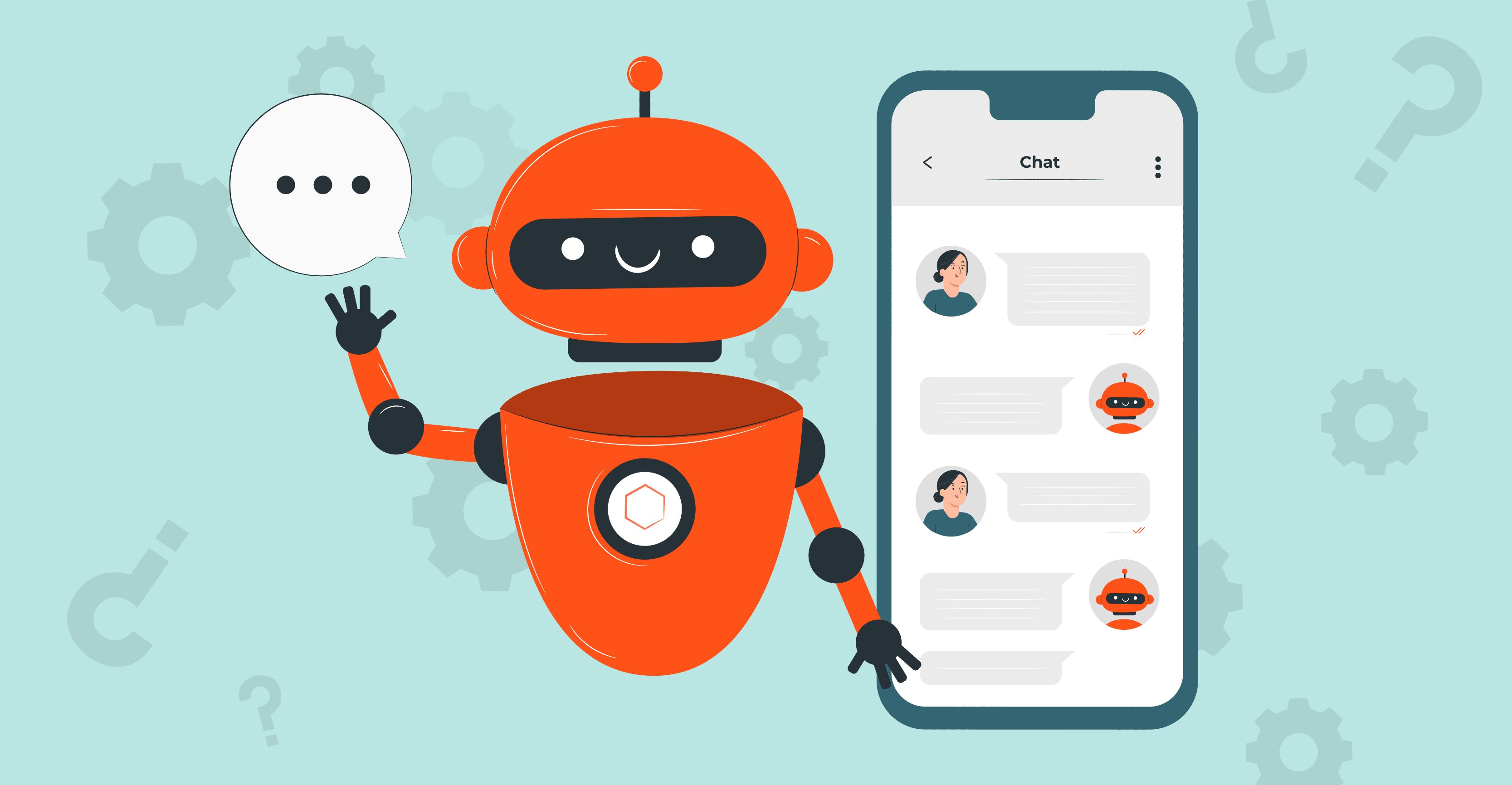Get in touch
Chatbots: Three service design challenges

Chatbots can revolutionize a company’s customer service by automating tasks and reducing case volume. However, they are only useful as an alternative to human customer service agents when designed properly. Poorly planned chatbots can frustrate and alienate customers instead.
A Markets and Markets report on the global chatbot market forecasts that it will grow from an estimated USD 2.9 billion in 2020 to USD 10.5 billion by 2026. This is partly due to technological advances and consumer expectations of 24/7 self-service and customer service growing faster than anticipated during the pandemic. Chatbots are an increasingly essential part of a company’s arsenal, so they must be well designed.
There are three main service design challenges to consider when designing customer service chatbots.
-
- Chatbots cannot form context: Chatbots lack the ability to form a context outside the query. For example, they will not appreciate an urgent issue or an emergency. They will not triage an issue and escalate it unless the global intent category has been designed to do so. This means that they may be unable to deal with an edge case appropriately by providing an acceptable response.
Because chatbots are programmed to listen for keywords, they effectively expect issues to be described in terms they can understand. This means they may not be able to interpret the real question that is being asked, leading to incorrect responses and frustrated customers.
-
- Chatbots have no empathy: Chatbots lack the soft skills and emotional intelligence that (currently) set humans apart from machines. Chatbots have no cultural sensitivity. They are also unable to interpret tone of voice so a humorous, sarcastic, or angry comment would be taken entirely at face value and answered accordingly.
- Chatbots are one-dimensional: As chatbots do not benefit from soft skills when interacting they can be difficult for customers to relate to. If a customer asks a question that is not within the chatbot’s decision tree, the chatbot’s default response could annoy. As chatbots cannot currently “learn from their mistakes”, this is a risk that needs to be managed properly from the outset.
Once a customer has asked an initial question a chatbot may have to continue down a specific problem-solving path even though there may have been a much quicker way to resolve the problem. This and the inability to understand context and nuance, as discussed, can lead to potentially disastrous situations where the customer feels unheard or misunderstood. Not only does the customer’s issue remain unresolved they have now also been upset by a lack of adequate customer service.
Customers may be wary of sharing their personal information with chatbots as there is no transparency as to how data privacy is dealt with.
It may be necessary to build various versions of chatbots depending on the channel being used. For example, web browsers will support forms, WhatsApp does not.
How to overcome chatbot service design challenges
The good news is it is possible to overcome these design challenges for customer service chatbots by starting from the best base possible and bearing them in mind from the outset.
Customers want to be understood and have their needs met in the simplest, quickest way possible. The service design process, when implemented properly, will ensure that the chatbot quickly understands the issue and can deal with it in the most appropriate manner. Properly designed chatbots give customers the reassurance, responses, and service they need, whilst always making it easy for them to exit should they need to. One of the key tools Service Designers use to get this right, is Customer Journey Mapping; it enables you to identify the makers and breakers of the experience and understand the ideal touchpoints to include a chat-bot. It’s essential to avoid including one at a point in the customer journey where human contact is needed – you should understand where the chat bot replaces humans and the importance of that stage in the customer journey, so you can design and map the journey accordingly.
How customer experience design can solve retail’s biggest challenges
The retail industry is at a crossroads. Rapidly shifting consumer expectations, increasing...Overcoming business silos in the automotive industry to improve customer experience
In our previous blog we talked about reimagining the customer relationship in the automotive...How to win more customers: Design an easy and enjoyable experience
An exceptional customer experience is the key to winning and retaining customers. A good digital...Book time with a service design expert.
Discover the transformative power of service design and unlock the full potential of your business. Get in touch with our service design experts today and start improving or innovating your services and customer experience.
